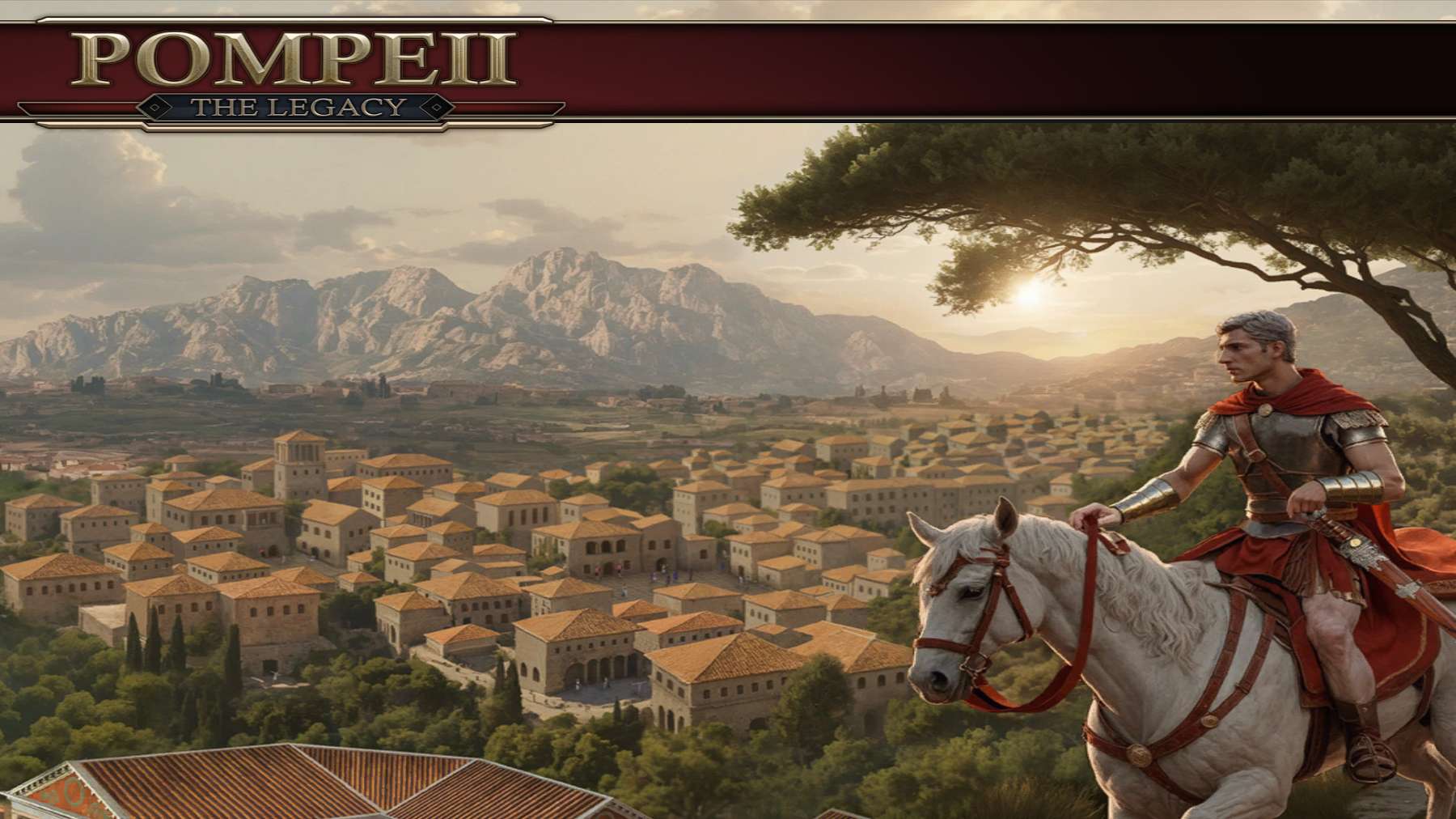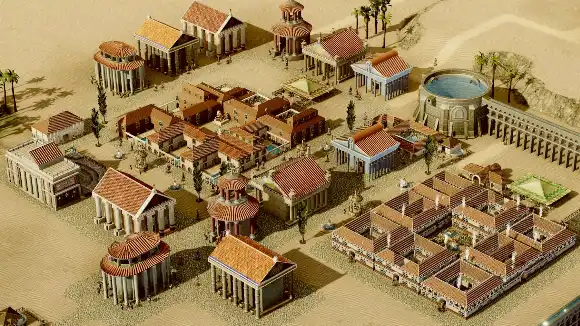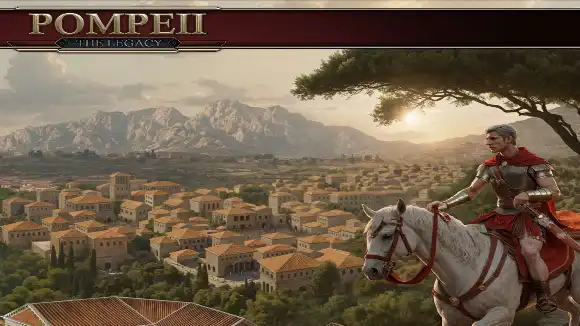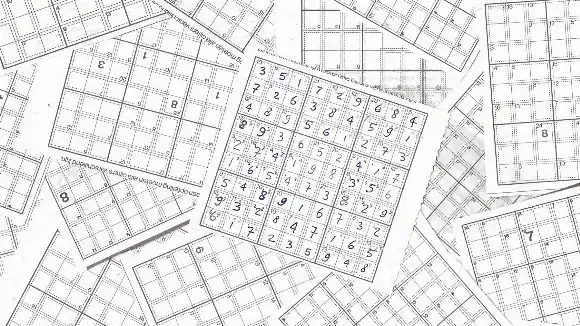
In this article
With Pompeii: The Legacy being a city builder, you would assume that building a second production building like Forager Hut or Sawmill is automatically the better option.
When expanding your settlement in Pompeii: The Legacy, one of the most common questions is whether to build a new structure or upgrade an existing one. Both choices come with their own costs, benefits, and long-term consequences for your economy and resource management.
In this article, we’ll explore the real differences between building new structures and upgrading existing ones - using the Gatherer’s Hut and Pottery Workshop as a case study. You’ll see how the numbers stack up in terms of Denarii, materials, and productivity, and learn how your choice should depend on your current stage of the game and available resources.
Building Cost
Placing a new building always comes at a price. Those costs can be divided into two key factors: financial and material.
In the early stages of the game, materials mainly consist of lumber and stone, while later buildings may require bricks and other refined resources. Financial costs are measured in Denarii, the universal currency of your growing empire.
Let’s take a closer look at the two buildings we highlight in this article: the Gatherer's Hut and Pottery Workshop.
| Gatherer's Hut | Pottery Workshop | |
| Financial |
|
|
| Material |
|
|
Upgrade Cost
Upgrading buildings is another way to increase production. Like new construction, upgrades cost both money and resources. As your buildings become more advanced, so do their upgrade requirements.
| Gatherer's Hut | Pottery Workshop | |
| Upgrade I |
|
|
| Upgrade II |
|
|
| Upgrade III |
|
|
| Total Upgrade costs |
|
|
Each upgrade of the Gatherer's Hut gives the production building space for 1 more worker. The employed workers don't work harder, smarter or are otherwise more productive.
Each gatherer brings in 5 mushrooms per week. A basic Gatherer's Hut has room for 3 people, so total production per week is 15. Each upgrade adds one extra worker. After all upgrades, the hut accommodates six workers, doubling production to 30 mushrooms per week.
In the Pottery Workshop, each upgrade makes the production technique better, improving efficiency. This means the amount of workers and input remains the same, but the output increases.
Each pottery worker has a base output of 10 pottery per week. A Pottery Workshop has 3 workers, so total production per week is 30 pottery. After all the upgrades, the workshop has 100% increased output, doubling the production to 60 pottery per week per workshop.
Important to note are the input requirements. More workers require more input. So while after 3 updates the output bonus is the same for both the Gatherer's Hut as the Pottery Workshop, the input of the Hut has also doubled. The input of the Pottery Workshop remains the same across all upgrades.
Build vs Upgrade: the Numbers
If we compare the build cost versus the upgrade cost of the Gatherer's Hut, we see something interesting.
| Gatherer's Hut | Single cost | Build 2 | Build + Upgrade | Difference |
| Denarii | 250 | 500 | 610 | x1.2 (+110) |
| Lumber | 20 | 40 | 80 | x2 (+40) |
| Stone | 10 | 20 | 40 | x2 (+20) |
Upgrading is more expensive than building a new one. Both financially and material.
Let's compare the Pottery Workshop:
| Pottery Workshop | Single cost | Build 2 | Build + Upgrade | Difference |
| Denarii | 200 | 400 | 650 | x1.6 (+250) |
| Lumber | 50 | 100 | 180 | x1.8 (+80) |
| Stone | 20 | 40 | 100 | x2.5 (+60) |
| Clay | 30 | 60 | 30 | x0.5 (-30) |
| Tools | 0 | 0 | 30 | (+30) |
Here, upgrading is also more expensive. Yes, upgrading will save you clay. Other than that, all materials and Denarii is more expensive.
The big plus of this upgrade path is that the input requirements remain the same. With 2 Workshop, the input increases to 30 Denarii, 36 clay and 18 charcoal for 60 pottery as output. Upgrading leaves the input at 15 Denarii, 18 clay and 9 charcoal for the same 60 pottery as output.
When to Build vs. When to Upgrade
Whether you build a new Gatherers Hut or upgrade an existing one, is really down to your situation.
- Build if the upgrades provide extra workers. It’s faster, gives more space for workers, and expands your production network.
- Upgrade if the upgrade provides output effectivity. It’s more cost-efficient and keeps your settlement compact. In the long run, it saves resources.
Upgrading can help with workforce management in buildings which upgrade worker slots, like the Gatherer's Hut. A new hut needs three new workers, while upgrades only require one extra per level. This means you can control your labor pool more efficiently when you upgrade.
Ultimately, smart builders think long-term. When planning your next expansion, look beyond the immediate cost and consider your settlement’s balance of money, materials, and manpower. Your wallet - and your gatherers - will thank you later.





